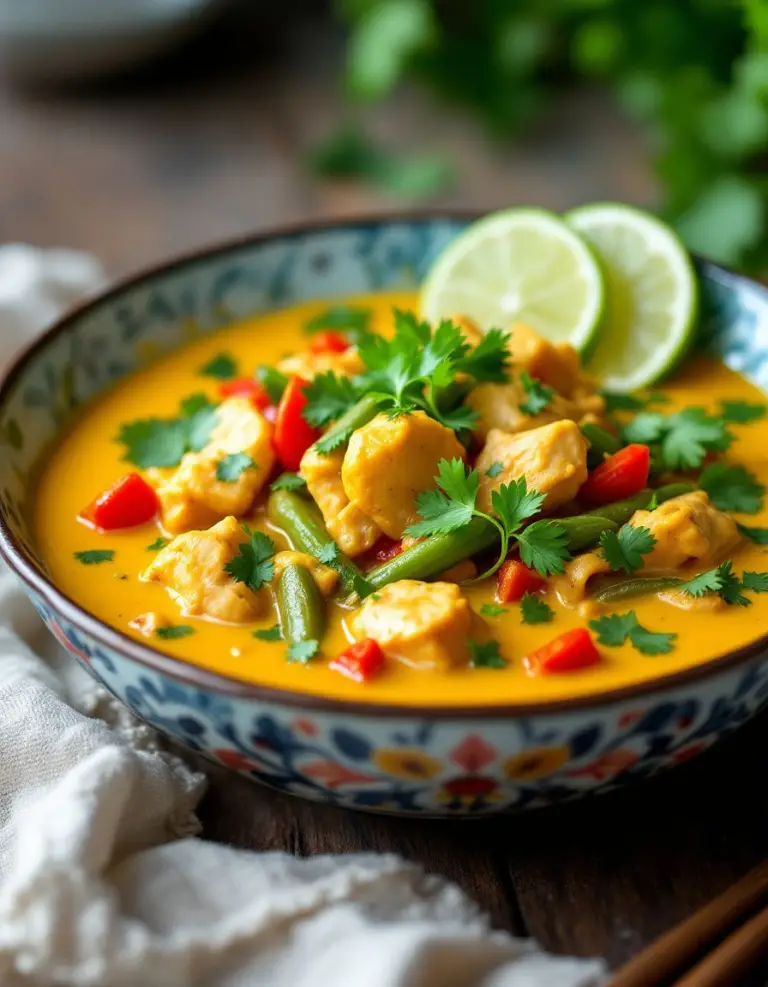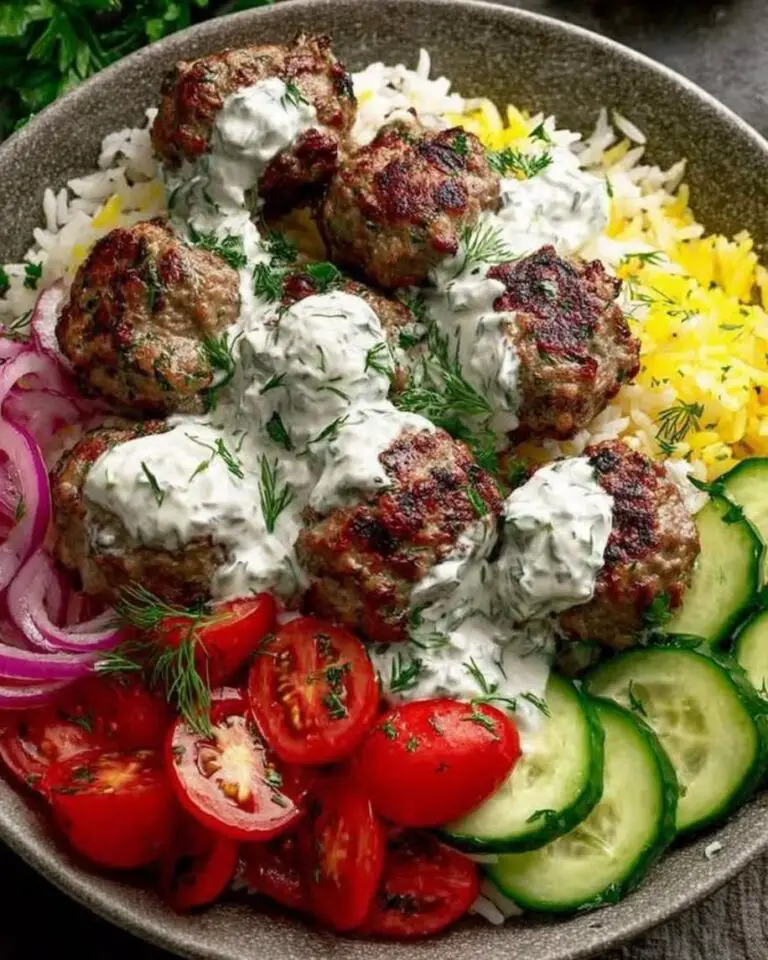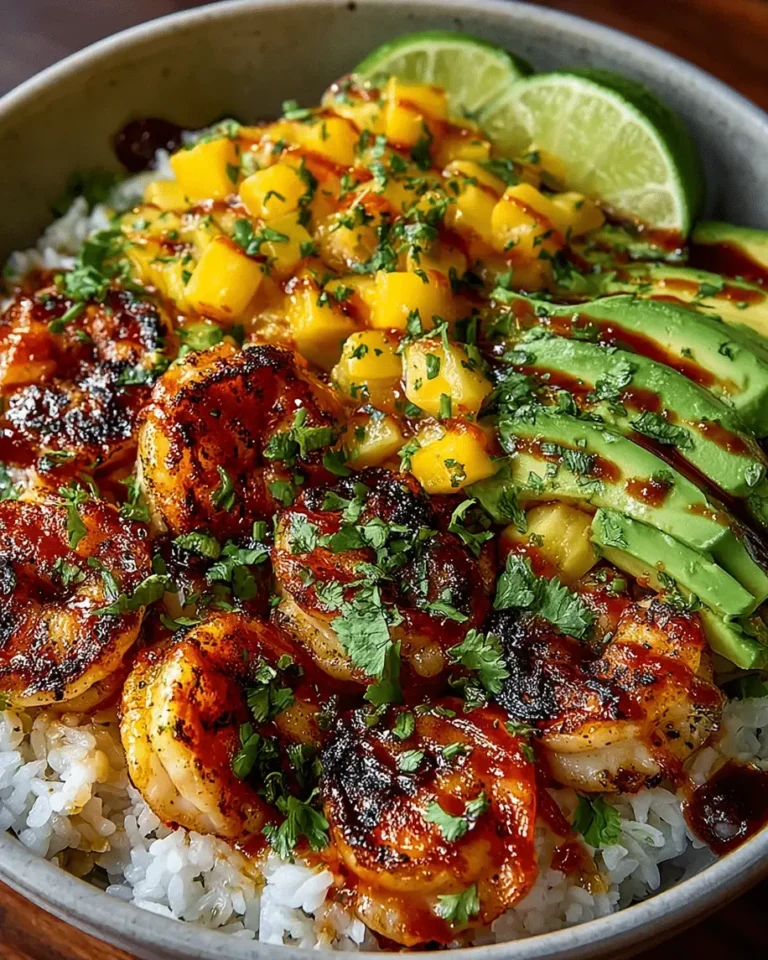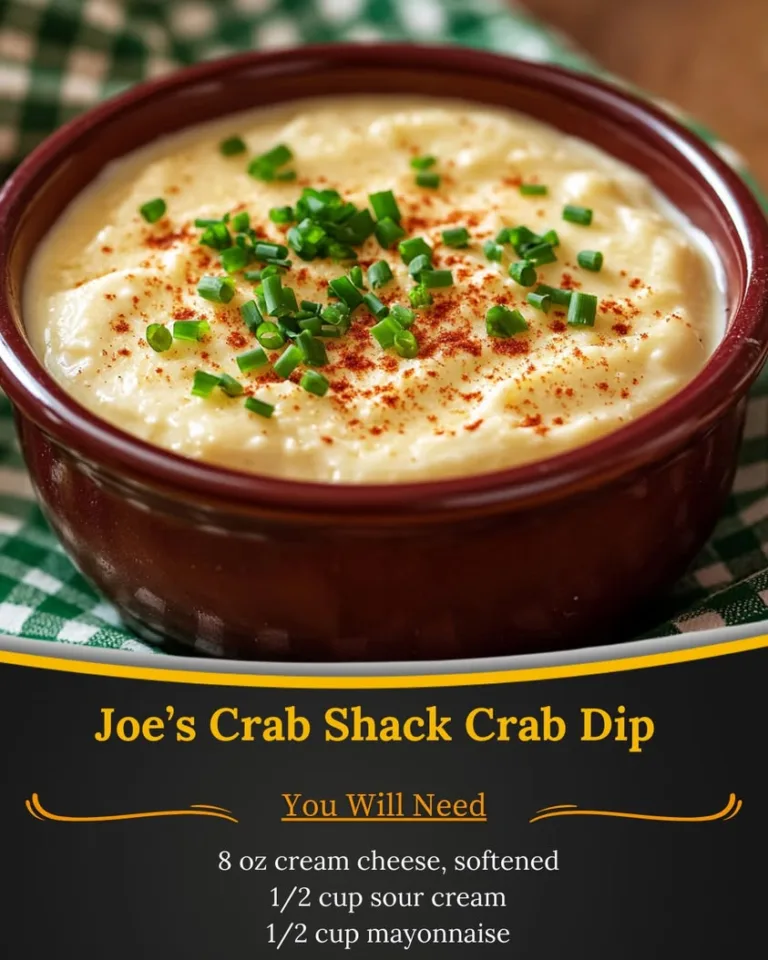Delicious My Chow Mein Recipe: Easy Steps to Perfection
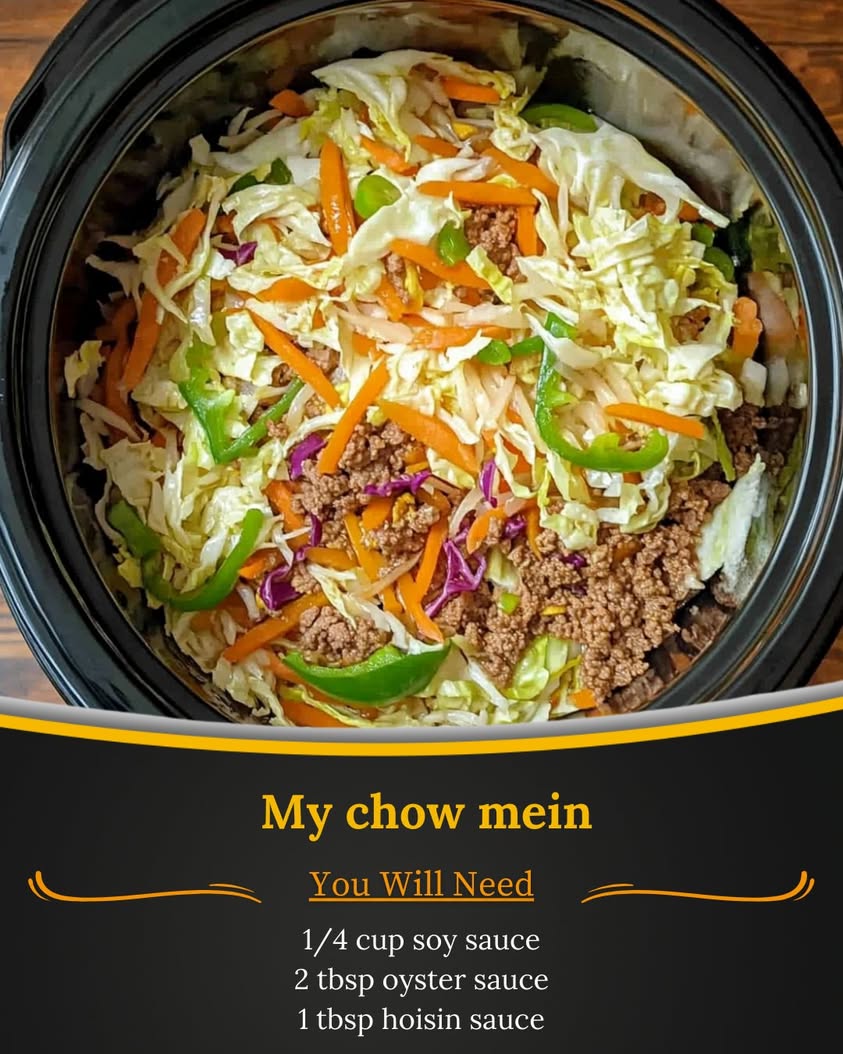
Delicious Chow Mein: A Flavorful Chinese Noodle Stir-Fry
Chow Mein is a traditional Chinese dish that brings together a wonderful blend of flavors and textures. With its tender stir-fried noodles, crisp vegetables, and savory sauce, this dish promises a culinary experience that tantalizes the taste buds. The beauty of Chow Mein lies not only in its taste but also in its versatility which makes it perfect for any meal. Whether served during family dinners or at lively gatherings, Chow Mein is sure to impress with its delightful presentation and aromatic sauté of fresh ingredients.
The incorporation of vegetables like bell peppers, carrots, and bean sprouts offers not just visual appeal but also a fantastic crunch that pairs beautifully with the silky noodles. Each bite delivers a satisfying combination of savory and slightly sweet flavors, perfectly balanced with soy sauce, garlic, and ginger. The dish is not only a feast for the mouth but also for the eyes, as the vibrant colors of the various ingredients create a stunning contrast against the golden-brown noodles. Let’s dive deeper into what makes this Chow Mein recipe a must-try!
Quick Recipe Highlights
- Flavor Profile: Chow Mein boasts a wonderful medley of savory and sweet flavors, mainly due to soy sauce, fresh vegetables, and sesame oil.
- Texture: The dish features a delightful contrast: the tender noodles and crispy vegetables create an exciting mouthfeel.
- Aroma: Expect an inviting aroma that comes from sautéed garlic, ginger, and a hint of fresh vegetables.
- Visual Appeal: The dish showcases vibrant colors from fresh veggies, making it visually appealing on any dining table.
- Skill Level Needed: This recipe is categorized as easy, making it perfect for beginner cooks and seasoned chefs alike.
- Special Equipment: A large skillet or wok is ideal for achieving a high-heat stir-fry that results in perfectly cooked noodles.
Recipe Overview
- Difficulty Level: This Chow Mein recipe falls under the easy category, making it accessible for cooks of all skill levels. The straightforward steps allow for a quick whip-up with minimal culinary experience required.
- Category: Chow Mein is a beloved stir-fry dish, typically served as a main course. It’s perfect for lunch or dinner, easily adapting to various dietary preferences.
- Cuisine: Originating from Chinese culinary traditions, Chow Mein reflects the heart of Asian cooking through its harmonious blend of flavors and ingredients.
- Cost: The ingredients needed for Chow Mein are budget-friendly, typically costing around $10 for a meal that serves four people.
- Season: This dish is versatile year-round, but it shines in warmer months when fresh produce is in abundance.
- Occasion: Chow Mein is suitable for various occasions, from family meals to casual dinner parties; it’s a great dish for entertaining.
Why You’ll Love This Recipe
Chow Mein is adored for its bold flavors and comforting textures. The combination of stir-fried vegetables and noodles creates a satisfying bite that warms the heart. Not only does this dish offer a depth of taste, but it also delivers on nutritional benefits, making it a wholesome choice for any meal. The quick cooking time means you can enjoy a restaurant-quality dish in the comfort of your own home, catering to your schedule without sacrificing flavor.
Preparing Chow Mein is a breeze with its simple steps and readily available ingredients. You can have it on the table in under 30 minutes, making it a fantastic option for busy weeknights. Showcasing your cooking skills has never been easier; impress your family and friends with flavorful dishes that appear fancy without the fuss. Chow Mein also offers excellent nutritional advantages by allowing you to pack in various vegetables, ensuring you get your daily dose of necessary nutrients.
Socially, Chow Mein is the perfect dish for sharing. Whether you’re hosting a dinner party or a casual get-together, this dish never fails to garner compliments. Its communal nature encourages diners to enjoy seconds and engage in conversation, making it an excellent choice for gatherings. On the other hand, its cost-effectiveness and accessibility make Chow Mein an approachable meal for everyone, regardless of culinary budget.
Historical Background and Cultural Significance
Chow Mein traces its roots back to China, where it has been a staple for centuries. The term “Chow Mein” itself translates to “stir-fried noodles,” reflecting the dish’s origins in Chinese culinary techniques. Historically, Chow Mein was a convenient way for families to use leftover ingredients, making it a practical meal choice that persists today. As Chinese immigrants brought their culinary traditions to other parts of the world, Chow Mein became popularized in Western cuisine and evolved into various adaptations.
Culturally, Chow Mein holds significant importance in Chinese cuisine, emphasizing the values of sharing and communal eating. In traditional Chinese culture, meals are meant to be enjoyed together, and Chow Mein exemplifies this principle with its inviting nature. The dish has also imprinted itself on the global culinary map, showcasing how food can connect different cultures through shared tastes and traditions.
As Chow Mein evolved, regional variations emerged, showcasing local ingredients and cooking methods. For example, in American-Chinese cuisine, the dish often features a soy sauce base complemented by vegetables and proteins like chicken or shrimp. These adaptations reflect the migration of culinary practices and ingredients, allowing Chow Mein to become a beloved dish across various cultures.
Today, Chow Mein serves not just as a meal but also as a culinary symbol of comfort, warmth, and community. Its popularity speaks volumes about its ability to adapt while maintaining its roots, offering each person a taste of tradition with a twist of contemporary flair.
Ingredient Deep Dive
Noodles
Chow Mein noodles are key to the dish’s signature texture. Made from wheat flour, these noodles are available in various styles, including fresh or dried versions. Historically, they were created as a quick meal option due to their fast cooking time. Nutritionally, they provide a source of carbohydrates that fuels the body’s energy needs. When purchasing, choose noodles that are firm and free from any discoloration or cracks. For storing, keep them in a cool, dry place, and for those looking for alternatives, rice noodles or zucchini noodles can make great substitutions.
Vegetables
Fresh vegetables like bell peppers, carrots, and bean sprouts add crunch and color to Chow Mein. Each vegetable brings its flavor and nutritional benefits, making the dish a well-rounded choice. Vegetables hold cultural importance in traditional Chinese diets, where they play vital roles in offering essential vitamins and minerals. When selecting vegetables, opt for vibrant, firm specimens for the best texture and taste. Store them in the refrigerator to maintain freshness, and feel free to substitute with seasonal produce for varying tastes and benefits.
Common Mistakes to Avoid
- Overcooking the Noodles: One of the biggest mistakes is cooking the noodles too long, resulting in mushy textures. Always follow the package directions and undercook them slightly for the best bite.
- Not Prepping Ingredients: Failing to prep ingredients before starting can lead to overcooking. Ensuring all components are ready allows for a smooth cooking process.
- Using Too Much Sauce: Adding excess sauce can drown the dish. Start with a small amount and adjust gradually to achieve the desired flavor without overwhelming the noodles.
- Using Cold Oil: If you add ingredients to cold oil, it can cause sticking and uneven cooking. Ensure the oil is hot before adding vegetables or noodles.
- Ignoring High Heat: Stir-frying over low heat won’t achieve the desired crispness. Keep the heat high for quick cooking to lock in flavors.
- Not Stirring Continuously: Leaving the dish unattended can lead to undercooked or burnt bits. Keep everything moving for consistent cooking.
- Overcrowding the Pan: If the pan is too crowded, the ingredients will steam instead of fry. Cook in batches if necessary to achieve the best texture.
- Skipping Garnishes: Missing out on garnishes think about missing out on flavor and presentation. Fresh herbs or sesame seeds can elevate the dish.
- Neglecting Seasoning: A lack of seasoning often leaves Chow Mein bland. Incorporate salt, pepper, or additional spices to enhance flavors.
- Using Old Ingredients: Always use fresh ingredients for maximum flavor. Old vegetables can lessen the dish’s overall quality and taste.
Essential Techniques
Stir-Frying
Stir-frying is essential for making Chow Mein, allowing for high-heat cooking that retains ingredients’ textures and flavors. To master this technique, prepare everything in advance and always keep the ingredients moving in the pan. A common pitfall is cooking at too low a temperature, leading to steaming rather than frying. Visual cues for success include noticing a slight browning on the noodles and vegetables as they cook.
Seasoning
Seasoning is crucial for elevating Chow Mein’s flavors. Master this technique by tasting and adjusting while cooking, ensuring a balance of salty, sweet, and umami. A common mistake is to add ingredients all at once, which can result in uneven flavor throughout the dish. Pay attention to how the aroma changes as spices and sauces are added to gauge their impact.
Pro Tips for Perfect Chow Mein
– Always use high heat for stir-frying to achieve that signature crispness in the noodles and vegetables.
– Prep all ingredients ahead of time to streamline the cooking process and prevent overcooking.
– Add protein like chicken, shrimp, or tofu to create a heartier meal while ensuring equal cooking time.
– Explore various sauces like oyster or hoisin sauce to provide new depths of flavor to the dish.
– Fresh herbs such as cilantro or scallions can enhance the dish’s aroma and visual appeal.
– If making a large batch, consider keeping ingredients separate until serving to maintain freshness.
– Experiment with different vegetable combinations to add seasonal variety and nutritional benefits.
– To save time, use pre-cut veggies from the grocery store, especially during busy weeknights.
Variations and Adaptations
Chow Mein can be adapted to various regional tastes. For instance, in some regions, incorporating spicy elements such as chili oil or sriracha can lend a fiery kick to the dish. Seasonal adaptations allow for featuring ingredients like butternut squash in the fall or asparagus in the spring, marrying the dish with the freshest produce available.
Dietary modifications are also straightforward with Chow Mein. For a gluten-free version, opt for rice noodles or gluten-free soy sauce. For a vegan option, simply exclude any animal products and incorporate tofu or tempeh for protein. For those seeking a low-carb option, spiralized vegetables like zucchini can replace traditional noodles, creating a refreshing and healthy alternative.
Flavor variations include experimenting with different sauces or adding unique spices. Adjusting the texture by including fresh herbs or toppings like toasted sesame seeds can elevate your Chow Mein presentation. Finally, serving in a beautiful bowl or garnished with lime wedges presents a visually stunning meal that delights diners.
Serving and Presentation Guide
Presenting Chow Mein beautifully enhances its visual appeal on the dining table. Begin by choosing a wide, shallow bowl or platter to showcase the dish’s colorful ingredients. Use tongs or a large serving spoon to create a mound of noodles in the center, allowing the vibrant vegetables to cascade around the edges.
Garnishing is vital; sprinkle fresh cilantro or scallions over the top to add color and brightness. Thinly sliced red chili can introduce a pop of color and hint at the flavor within. Traditional accompaniments like soy sauce or chili oil served in small bowls also encourage diners to customize their experience.
Consider temperature when serving Chow Mein; it’s best enjoyed hot and fresh. If preparing in advance, have a plan for reheating to maintain quality. Portion control can be managed by serving small amounts at first, offering diners the chance for seconds, which creates a relaxed atmosphere.
Wine and Beverage Pairing
Wine pairings for Chow Mein should complement its savory flavors. A medium-bodied white wine, such as a Sauvignon Blanc, can provide a refreshing balance to the dish. Alternatively, a light red wine like Pinot Noir pairs well with the richer sauces and spices.
For non-alcoholic options, consider serving iced green tea which adds a refreshing element to the meal while maintaining a connection to its Asian roots. Generally, serving temperature is important; wines should be slightly chilled for a crisp taste, enhancing the overall dining experience.
For those interested in coffee or tea pairings, a cup of jasmine tea can harmonize beautifully with the flavors of Chow Mein, offering a floral note that ties the meal together. The variety of pairing options showcases the dish’s versatility and offers something for every palate.
Storage and Shelf Life
Proper storage of Chow Mein is crucial for maintaining its quality. Leftover Chow Mein should be cooled and transferred to an airtight container. It can typically be stored in the refrigerator for up to 3-4 days. For long-term storage, consider freezing portions in freezer-safe containers, which can last up to 2 months.
When reheating, ensure even heating by using a skillet over medium heat, adding a splash of water to restore moisture. Avoid using the microwave if possible, as it can lead to a soggy texture. Signs of spoilage include an off smell or discoloration in the ingredients, which should be discarded immediately.
For best results when freezing, ensure the ingredients used are suitable for freezing and won’t lose texture when thawed. Noodles may continue to soften over time, so it’s best to freeze the dish without them if you plan on storage for longer durations.
Make Ahead Strategies
To make Chow Mein ahead of time, prep a few days in advance by chopping all vegetables and storing them in airtight containers in the fridge. Noodles can also be cooked and stored separately to maintain their texture. Creating a timeline before cooking can streamline the process for busy weeknights.
Assemble all parts just before serving to ensure freshness and quality. When making in bulk, consider storing ingredients separately until ready to combine. This separation prevents moisture from softening the veggies during storage.
If you are adding fresh elements like scallions, wait until serving to add those for optimal freshness and flavor. Reheating instructions should emphasize using gentle methods to retain texture and quality, making sure to heat just enough to return the dish to its original delicious state.
Scaling Instructions
Should you wish to scale your Chow Mein recipe, note that halving it is straightforward. Simply cut all ingredient measurements in half. For doubling or tripling, make sure your cooking equipment can handle the increased volume, such as a larger skillet or batch cooking in multiple pans.
Timing adjustments are essential as larger quantities may require slightly longer cooking times to ensure even heating throughout. For optimum texture when scaling, consider cooking in smaller batches to replicate the original flavor profile and prevent overcrowding in the pan.
Don’t forget storage considerations; be sure you have appropriate containers ready for any extra servings, maintaining the dish’s delightful quality even after several days.
Nutritional Deep Dive
When analyzing the nutrition of Chow Mein, it’s essential to balance macronutrients. Each serving typically contains carbohydrates from the noodles, protein from any added meat or tofu, and healthy fats from cooking oils or peanuts. This balance helps contribute to a satisfying meal that fuels your body.
A micronutrient analysis shows Chow Mein is rich in essential vitamins and minerals due to the variety of vegetables used. Each ingredient adds beneficial fiber, vitamin C, and various antioxidants, improving overall health and digestion.
For those on a diet, portion analysis is vital; knowing serving sizes helps manage caloric intake without sacrificing flavor. Chow Mein can easily fit within weight management plans when enjoyed in moderation with a healthy lifestyle.
Dietary Adaptations
For those requiring dietary modifications, Chow Mein is flexible enough to cater to many needs. To make it gluten-free, substitute traditional noodles with rice noodles and ensure that soy sauce is gluten-free. Adapting the recipe to be dairy-free involves omitting any butter or cream, focusing solely on plant-based ingredients.
A vegan version can easily be crafted by eliminating any animal products and opting for tofu, mushrooms, or tempeh for protein. Low-carb followers can utilize spiralized vegetables instead of traditional noodles, bringing a fresh twist to this staple dish.
For those interested in a keto-friendly option, stick to high-fat, low-carb vegetables while using shiritaki noodles to maintain the dish’s foundational taste without excess carbohydrates. The versatility of Chow Mein allows it to be personalized to meet a variety of dietary preferences and requirements seamlessly.
Troubleshooting Guide
Texture Issues
If you find your Chow Mein comes out too soggy, this can often be avoided by not overcooking the noodles. Ensure that you cook them al dente and incorporate just the right amount of sauce during cooking.
Flavor Balance
Adjusting the flavor balance can be key. If it’s lacking in taste, recheck your seasoning levels, adding more soy sauce or spices to elevate profiles.
Temperature Problems
Ensure ingredients maintain the right temperature while cooking; if they cool down too much, they may lose the desired crispness and flavor.
Equipment Challenges
Using a pan unsuitable for high heat can hinder results. Stick to a wok or a heavy-bottomed skillet that can distribute heat evenly.
Ingredient Substitutions
If substitutions are made, be mindful that cooking times may vary based on the new ingredients being used. Always taste as you go to maintain the flavor profile.
Timing Concerns
Timing is everything when stir-frying. If your vegetables are becoming mushy, try removing them sooner and adding them back at the end; this ensures they retain their crunch.
Recipe Success Stories
Many readers have shared their success stories after making this Chow Mein recipe. From adapting it for family preferences to experimenting with new vegetables, the feedback has been overwhelmingly positive.
Several users noted how their variations, such as adding peanut sauce or cashews, transformed the dish into personal favorites. Such adaptations show how Chow Mein remains a canvas for creativity in the kitchen.
Photographic submissions have highlighted the vibrant colors of their own dishes, enticing others to try their hand at this simple recipe. Community engagement continues to thrive as followers share their twists and turbo-charge their culinary repertoire.
All in all, Chow Mein is not just a dish; it’s about making it your own journey in the kitchen, inspiring others along the way.
Frequently Asked Questions
What is Chow Mein?
Chow Mein is a traditional Chinese dish made of stir-fried noodles with vegetables, and often protein like chicken or shrimp. It’s beloved for its delicious flavor and versatility.
Can I make Chow Mein in advance?
Yes, Chow Mein can be prepped ahead. Chop vegetables and cook noodles in advance, keeping them separate until you are ready to warm and combine.
What are the best toppings for Chow Mein?
Great toppings include sesame seeds, chopped green onions, and cilantro for added freshness. Crushed peanuts or chili flakes can enhance flavor.
How do I store leftovers?
Store leftover Chow Mein in an airtight container in the refrigerator for up to four days. Reheat in a skillet for best results.
Can I make it vegetarian or vegan?
Absolutely! Use tofu or tempeh for protein and plenty of fresh vegetables to create a satisfying vegetarian or vegan Chow Mein.
What type of noodles are traditionally used?
Chow Mein traditionally uses wheat noodles, available fresh or dried. You can also use rice noodles for a gluten-free version.
Is Chow Mein gluten-free?
No, traditional chow mein contains gluten due to the wheat noodles. For a gluten-free option, substitute with rice noodles and gluten-free soy sauce.
What can I serve with Chow Mein?
Chow Mein pairs well with spring rolls, dumplings, or a simple soup. It can also stand alone as a hearty meal.
How spicy is Chow Mein?
Chow Mein can be made as spicy or as mild as you like. Adjust the level of seasoning and optional hot elements according to your tastebuds.
Can Chow Mein be frozen?
Yes, you can freeze Chow Mein. Store it in freezer-safe containers and consume within two months for the best quality.
Additional Resources
For those wanting to dive deeper into the world of Asian dishes, explore related recipes such as fried rice or lo mein for variety in your culinary adventures. Technique guides on stir-frying can be extremely beneficial to enhance your cooking skills and boost confidence in the kitchen.
Understanding the nutritional aspects of the ingredients can help make informed cooking choices. There are also many equipment recommendations available that can improve the cooking process.
Engaging in seasonal variations will allow you to adapt your Chow Mein recipe according to what’s fresh and available, ensuring peak flavor and quality every time.
Join the Conversation
We love to hear from our readers! Share your Chow Mein creations on social media using our hashtag. Show off your photography skills and inspire others to try their hand at this delicious dish.
Recipe reviews are greatly appreciated, providing an opportunity to engage further with the community. Enjoy exploring your unique variations of Chow Mein, experimenting with ingredients, and connecting with fellow home cooks!
The Recipe
Chow Mein
Serves: 4
Prep Time: 15 mins
Cook Time: 10 mins
Total Time: 25 mins
Kitchen Equipment Needed
- Large skillet or wok
- Cutting board
- Knife
- Spoon for stirring
- Measuring cups and spoons
Ingredients
- 8 oz Chow Mein noodles
- 2 tablespoons vegetable oil
- 1 cup bell peppers, sliced
- 1 cup carrots, julienned
- 1 cup bean sprouts
- 2 cloves garlic, minced
- 2 tablespoons soy sauce
- 1 tablespoon oyster sauce (optional)
- Salt and pepper to taste
- Green onions for garnish
Directions
- Cook the Chow Mein noodles according to package instructions; drain and set aside.
- In a large skillet or wok, heat the vegetable oil over high heat.
- Add garlic and sauté for 30 seconds until fragrant.
- Add bell peppers and carrots, cooking for 2-3 minutes until slightly tender.
- Add the noodles, stirring well to combine with vegetables.
- Pour soy sauce and oyster sauce over the mixture, tossing to coat everything evenly.
- Stir in bean sprouts and cook for an additional 1-2 minutes.
- Season with salt and pepper to taste before removing from heat.
- Garnish with sliced green onions before serving.
Recipe Notes
- Feel free to add protein like chicken, beef, or tofu to make it a more filling meal.
- You can substitute the vegetables based on personal preference or seasonal availability.
- For a touch of spice, add some red chili flakes or sriracha sauce.

